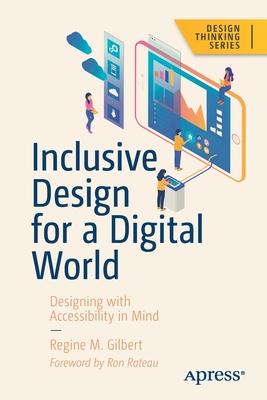In Inclusive Design for a Digital World, multiple crucial aspects of technological accessibility are confronted, followed by step-by-step solutions from User Experience Design professor and author Regine Gilbert. Think about every potential user who could be using your product. Could they be visually impaired? Have limited motor skills? Be deaf or hard of hearing? This book addresses a plethora of web accessibility issues that people with disabilities face. Your app might be blocking out an entire sector of the population without you ever intending or realizing it. For example, is your instructional text full of animated words and Emoji icons? This makes it difficult for a user with vision impairment to use an assistive reading device, such as a speech synthesizer, along with your app correctly. In Inclusive Design for a Digital World, Gilbert covers the Web Content Accessibility Guidelines (WCAG) 2.1 requirements, emerging technologies such as VR and AR, best practices for web development, and more.
As a creator in the modern digital era, your aim should be to make products that are inclusive of all people. Technology has, overall, increased connection and information equality around the world. To continue its impact, access and usability of such technology must be made a priority, and there is no better place to get started than Inclusive Design for a Digital World.
What You'll Learn
- The moral, ethical, and high level legal reasons for accessible design
- Tools and best practices for user research and web developers
- The different types of designs for disabilities on various platforms
- Familiarize yourself with web compliance guidelines
- Test products and usability best practices
- Understand past innovations and future opportunities for continued improvement
Practitioners of product design, product development, content, and design can benefit from this book.
